I have some land parcel polygons and I have some powerline linestrings. For each parcel, I'm trying to find only the distance to the closest linestring.
This query runs but takes quite a long time:
SELECT
a.OBJECTID,
st_distance(a.geometry, b.geometry) as distance
FROM `kpennell.KYLETEST.parcelpoly` a
join `kpennell.KYLETEST.powerlines` b
ON st_dwithin(a.geometry, b.geometry, 1000)
I'm guessing I need to use Paul Ramsay Or Michael Entin's nearest neighbors things, but I can't seem to get the query right. The latter example finds just the id of the closest one but not the actual distance (I think).
SELECT
a.id,
ARRAY_AGG(b.id ORDER BY ST_Distance(a.geog, b.geog) LIMIT 1)
[ORDINAL(1)] as neighbor_id
FROM people_table a JOIN restaurant_table b
ON ST_DWithin(a.geog, b.geom, 100) -- 100 is search radius
GROUP BY a.id
The Parcels are Polygons with a unique object id

The Powerlines are linestrings with a unique object id 
What I'm hoping to find, for each parcel, is the parcel, and then the distance to the closest powerline. So for each parcel, I want to get the parcel OBJECTID and then distance to the closest powerline.
I'm trying to do this efficiently where it stops when it finds the nearest neighbor for each one.